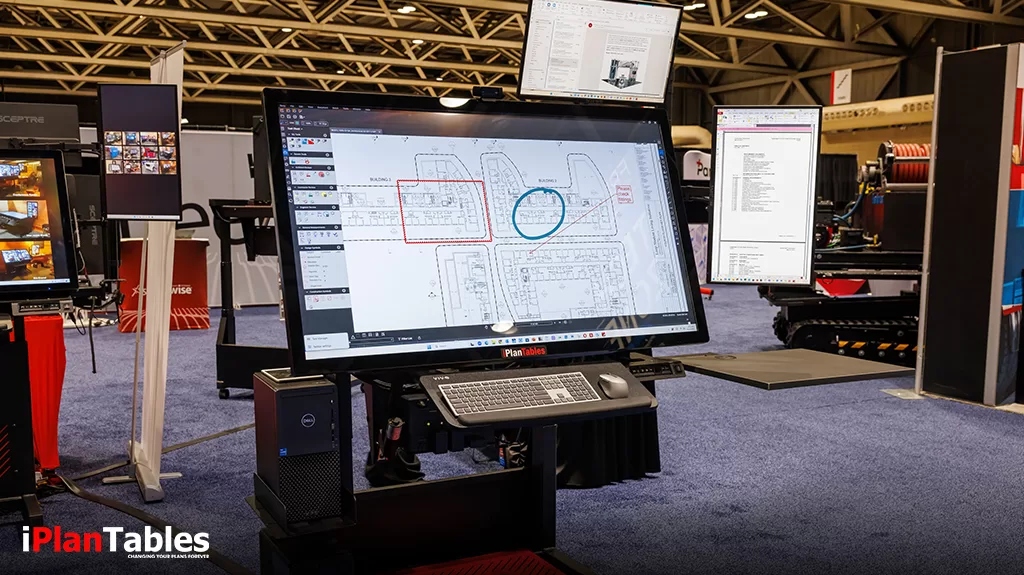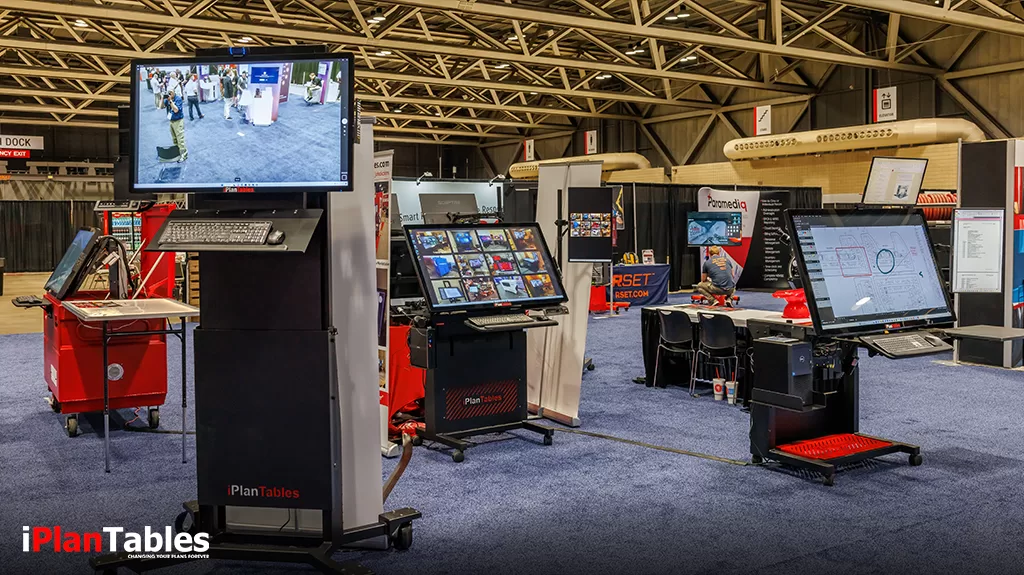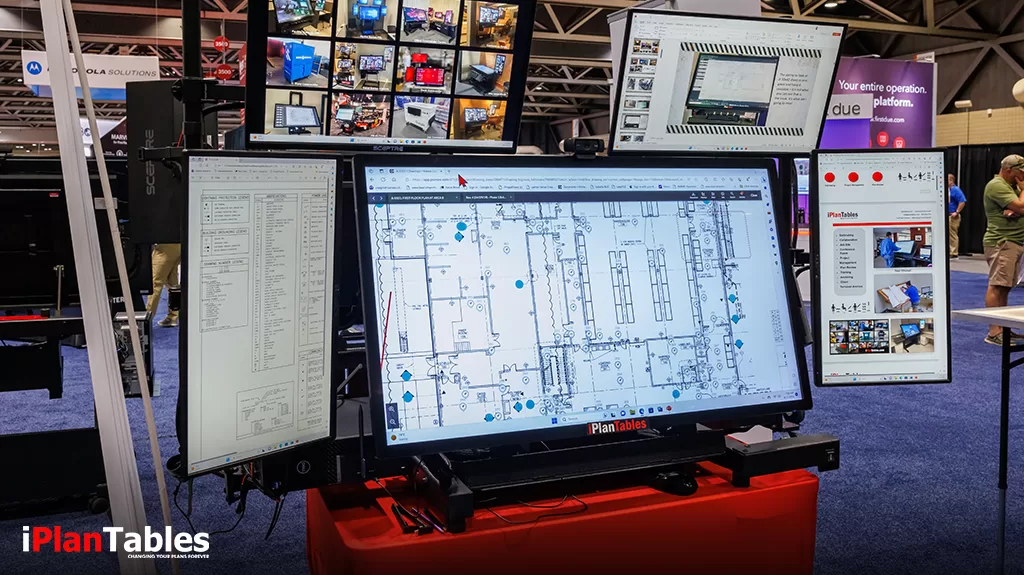Key Considerations to Keep in Mind Before Choosing a Touch Display Monitor
People have become increasingly accustomed to touch screens powered by electricity. We regularly use touch screen technology on our phones, PCs, ATMs, and grocery store checkout lines. Touch ordering and payment at the table have become commonplace. Unfortunately, few of us can explain how a touch display monitor works.
Users can interact with a computer by touching the screen with their fingers or a stylus. You can navigate a graphical user interface (GUI) without using a mouse or keyboard. The touch screen can detect a touch inside the display area. A sensor, controller, and software driver are the three essential components.
Touchscreen devices include computer and laptop displays, smartphones, tablets, cash registers, and information kiosks. Touchscreen monitors have become increasingly common as their costs have gradually decreased over the past decade.
Smartphones, tablets, computers, and point-of-sale devices are all examples of touch screens.
Here are some practical applications of office touch screen monitor technology
- A computer that serves as an all-in-one solution,
- Printer with a touch screen,
- Ticket vending machine,
- Tablet ATM with arcade games,
- Smartphone GPS in the Car,
- Pads for signatures,
- POS machine with a camera,
- Stereo in the car,
- Medical supplies,
- Counting machine,
- Laptops with in-flight entertainment,
- Game console for handheld devices,
- E-book, Self-checkout machine in the supermarket,
- Kiosk, a gas station,
- Machine for working out,
- Whiteboard with an electronic display, etc.

Consider These Qualities in a Touch Screen Monitor
- Touch screen monitors come in various sizes, ranging from small to large.
- Touch commands help in operating all touchscreen monitors.
- The width and height of the touch screen monitor are in the aspect ratio.
- To ensure optimal performance, computer peripherals require appropriate connectors, such as HDMI ports, for a seamless and efficient connection.

iPlanTables Use Touch Screens With Projected Capacitive (P-CAP) Technology

How does P-CAP function?
Two perpendicular layers of conductive coatings from vertical and horizontal patterned tracks are underneath a glass top layer in projected capacitive touch screen sensors. In a glass screen, the mutual capacitance between the horizontal and vertical patterned traces varies in the presence of a finger. As a result, the controller scans each horizontal and vertical grid cell with a high-frequency signal, detecting any changes in the mutual capacitance between adjacent cells. These changes are then recognized as touchpoints.
What is a P-CAP touch Screen monitor?
The P-CAP panel approach, for starters, utilizes a projected capacitive touch sensor directly bonded to the LCD.
The most delicate aspect is that the projective capacitive sensors do not require bonding to the LCD TFT panel in a cleanroom or a third party. Rather than alternatives, we offer a fully assembled PCAP touchscreen featuring a cost-effective, high-quality LCD panel—an excellent option for capacitive touch applications.
The main attributes of P-CAP are:
- Multiple touches are supported through projected capacitive, allowing for various complex inputs.
- Because it has no moving parts, projected capacitive technology provides a longer lifespan, making it a durable choice.
- The projected capacitive has a longer lifetime.
- The sensor’s sensitivity can be adjusted, and increasing it allows the touchscreen to operate efficiently through a glass cover or plastic sheet. These protective covers enhance durability, provide chemical resistance, and offer greater design flexibility.
- Moreover, if the sensitivity increases, projected capacitive technology can be manipulated with gloved fingers.
- The optical property of a projected capacitive touch screen is outstanding.
- Projected capacitive requires specialized technology to measure electrostatic capacitance and obtain exact locational information.
- The optical property of a projected capacitive touch screen is outstanding.
- A light touch is detected by a projected capacitive. For detection, no pressure force is required.
- Smartphones are a well-known application of projected capacitive technology. Moreover, personal devices such as portable PCs, mobile gaming consoles, and audio players have likewise adopted this technology.
Benefits:
- By using the right touch IC controller, you can ensure reliable performance in all kinds of weather.
- Resistant to liquids, dust, and other contaminants.
- Sensitive to even the tiniest of touches.
- Scratch-resistant and impact-resistant. Gesture/multi-touch functionality is supported.
- Working with gloved hands is possible.
- Excellent visual clarity
iPlanTables Large Screen Display Monitors Are Perfect for Industrial Applications
iPlanTables touch display technology is increasingly popular as industries transition from paper-based methods to digital electronic plan reviews. This advanced touchscreen technology enhances key usability aspects, thereby improving coordination and enabling efficient navigation.iPlanTables touchscreen monitor workstations include the FM Hydra and the Office Command Center. The FM Hydra supports up to five monitors. The Office Command Center features a multiple monitor layout. Both workstations make navigation easy with just a touch of a finger.
Follow us on Facebook.

